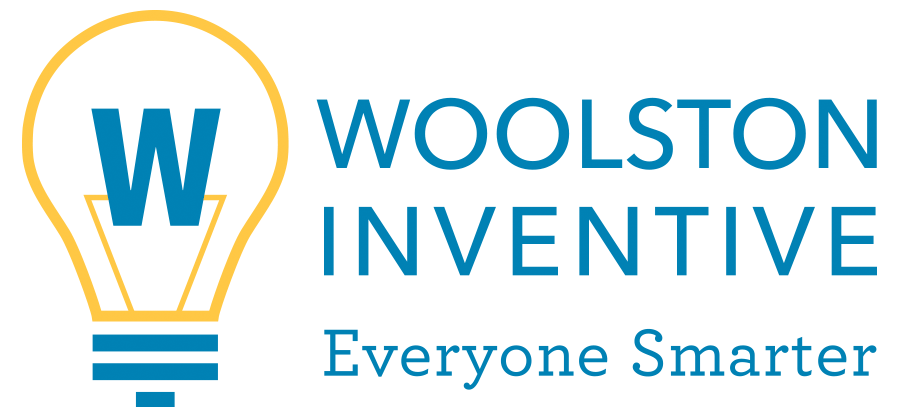Healthcare: Marketing They'll Hold Onto
- pjwoolston
- Mar 24
- 2 min read
Situation
Woolston Inventive worked with an orthodontist at a private practice in urban Texas who was interested in building his client base. He was also deeply committed to improving oral health by providing high-quality care and outstanding service while also making it affordable for families throughout the metropolitan area. He had several locations and was interested in expanding not just the client base but the number of facilities from which he practiced so that the client base could grow even further.
Solution
Most people know orthodontists as the medical professionals who straighten teeth, which means their patients are generally teenagers who have lost all of their baby teeth. Orthodontists typically don’t start working with patients until around age 12 when the permanent teeth have all arrived, so many families don’t begin to think about orthodontia until that point.
We created a fun and interactive way to track the loss of baby teeth that would appeal to the parents and the kids both. We did this through the “Tooth Fairy Card,” a kind of frequent shopper card. It is convenient and durable like a credit card, and displays a graphic of the mouth labeling each tooth, thus building knowledge. (We made sure to show the teeth in a smiling format so that the image would be more inviting and not creepy!) We gave it out freely and invited families to mark the card as children lost their teeth. Then after losing those first 8 teeth, kids could come in and actually get Smiles the Bear. After losing the last 12 teeth, they could come in for a $12 Amazon gift card.

Success
The Tooth Fairy Card was immensely popular. We put them in school presentation goodie bags (for 3rd, 4th, 5th grades). We gave them out at career day events and dental health fairs. We gave stacks to dentists and pediatric dentists, and held competitions to see who could give the most or who could give away a stack the fastest. We shared them widely with parents of current patients because they were very popular with siblings and kids who were undecided about braces. Kids like having a “credit card,” and parents like having the names of teeth and understanding better when they should come in. In some ways it works like a business card, but like an effective business card, not the kind that gets tossed in the back of a drawer and forgotten. This contributed to the strategy that helped the practice grow in client base and the expand across the city.



